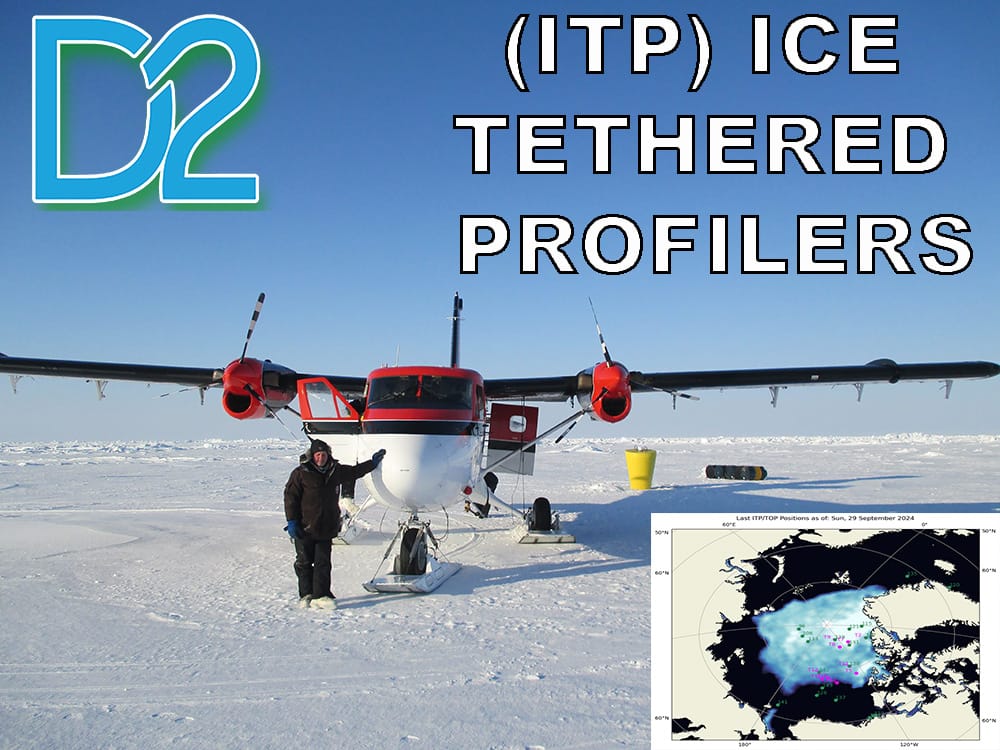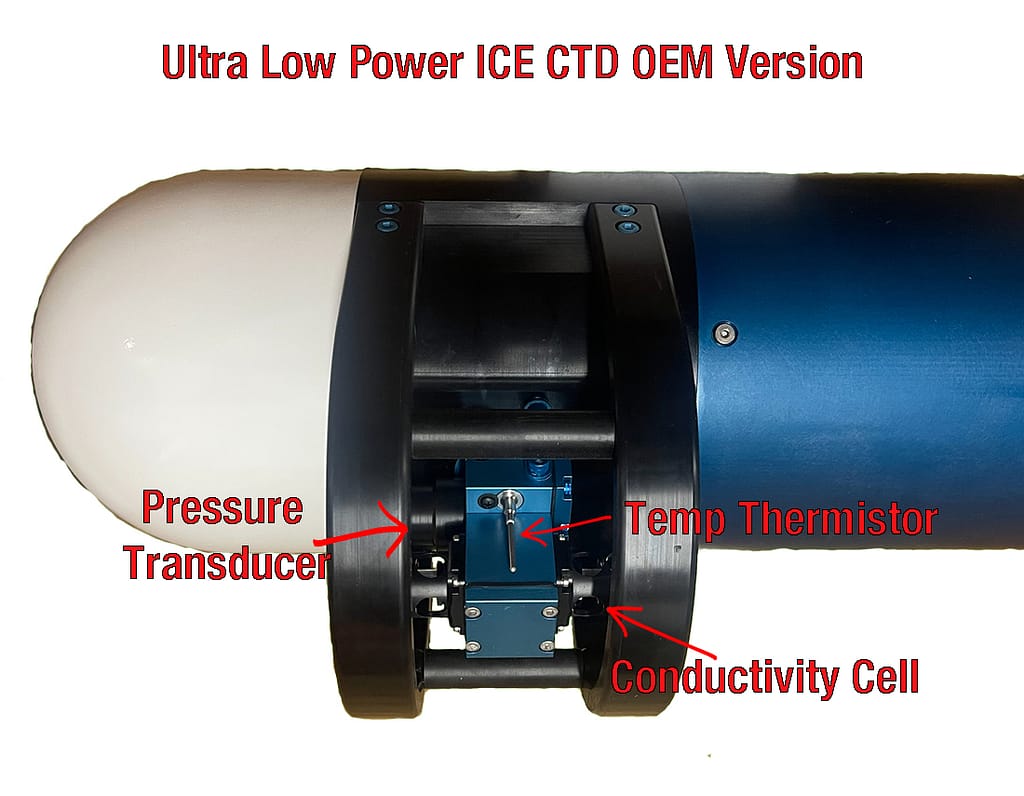
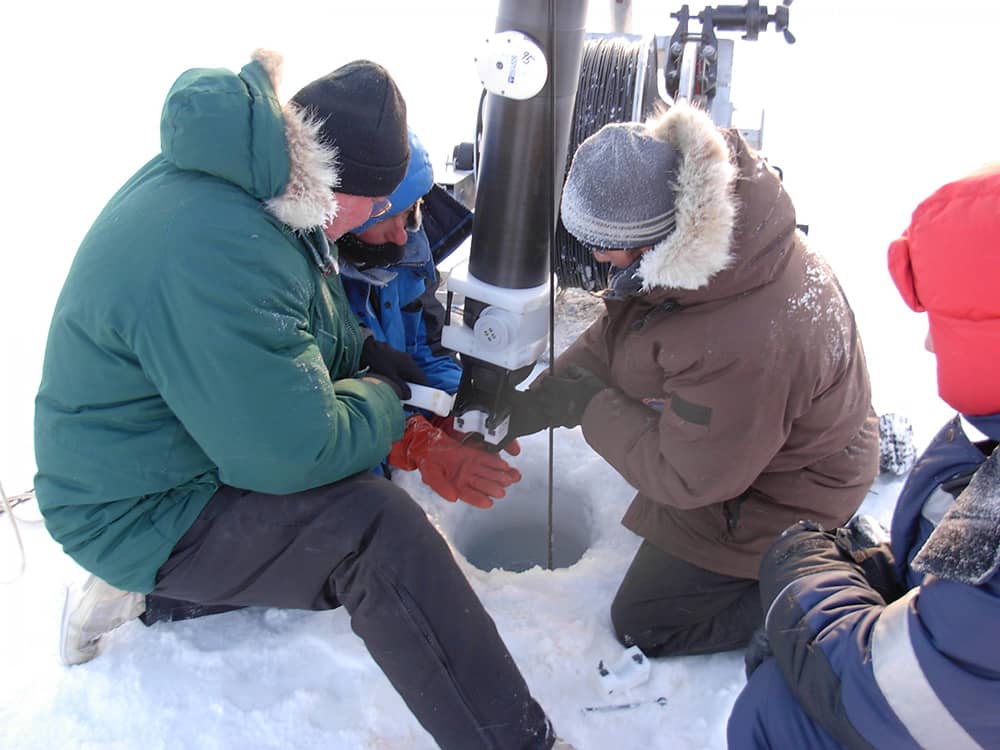
The Ice Tethered Program is an ambitious program to employ sensors down through holes in the Arctic ice to measure the Arctic Ocean a few hundred meters below the ice. This area of the world is crucial to understanding climate change and previously was lacking for scientific data to understand what changes are taking place. Strategically located between the United States and Russia, the Arctic Ocean is an extremely important body of water to study and understand thoroughly.
The ITP Program has the following funders and collaborators we would like to thank:
Woods Hole Oceanographic Institution (WHOI) who we worked with directly to incorporate the new D-2 CTD’s onto now three ITP deployments.
Primary funding for the ITP project has been provided by the U.S. National Science Foundation (NSF) Office of Polar Programs (OPP).
Other Contributors to the Program:
- Institute of Ocean Sciences, Fisheries and Oceans, Canada,
- U.S. Army Corps of Engineers
- Naval Postgraduate School
- Polar Science Center, Applied Physics Laboratory, University of Washington, North Pole Environmental Observatory
- Alfred Wegener Institute for Polar and Marine Research Germany
- European Union; (DAMOCLES) Developing Arctic Modeling and Observing Capabilities for Long Term Environmental Studies
- Arctic and Antarctic Research Institute Russia
- Scottish Marine Institute
- International Arctic Research Center, Nansen and Amundsen Basins Observational Systems
- EUMETSAT Ocean & Sea Ice Satellite Application Facility
The latest positions of the D-2 Inc. ITP CTD’s are seen in the image on the right, T11, T14, T15. These sensors are along with the ITP profiler descending down through the Arctic Ocean daily to provide critical climate change data from an area of the world that was not accessible before.
“Analogous to the international Argo float program that is employing autonomous profiling floats to return real-time seawater property data from the temperate oceans, we are working together with fellow North American, European and Asian investigators to maintain a loose array of ITPs and other similar instruments throughout the ice-covered Arctic. We hope that the analysis of data from these instruments will lead to better understanding of the Arctic Ocean’s response and role in global climate change.” – Source: https://www2.whoi.edu/site/itp/
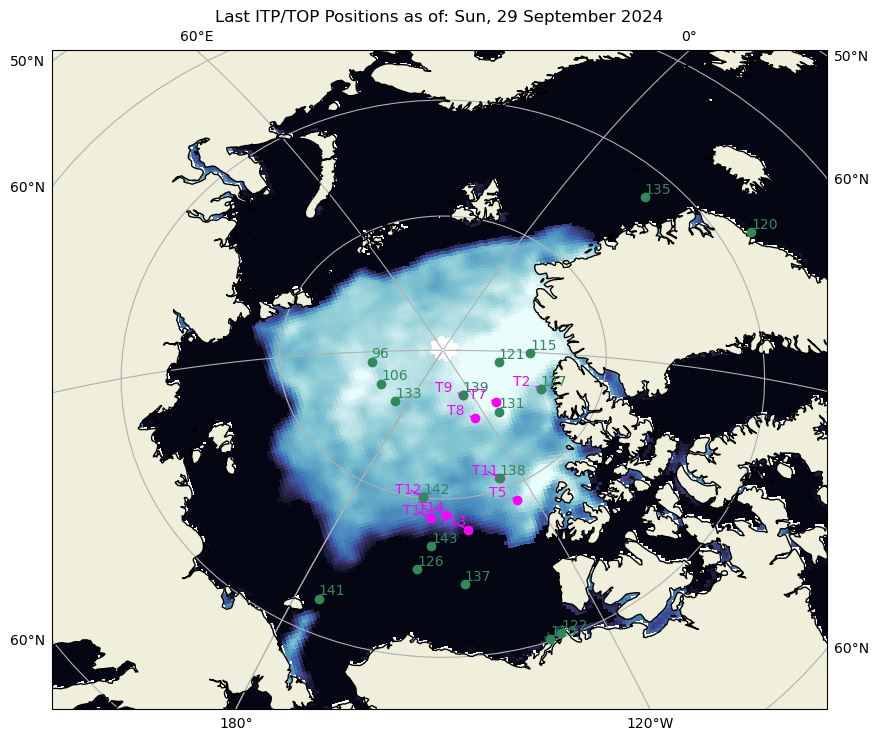
Data Output is Live
The D-2 CTD’s are currently deployed on the three systems in the Arctic Ocean on these Ice Tethered Profilers that you can view the results from anytime. These sensors pop back up to the surface a few times a day and the data is transmitted and uploaded via satellite to the internet. This allows the ITP sensors to contribute to ongoing Climate Change Research in almost real time.
Links to the Live Current Sensors:
ITP TOP11 Data...
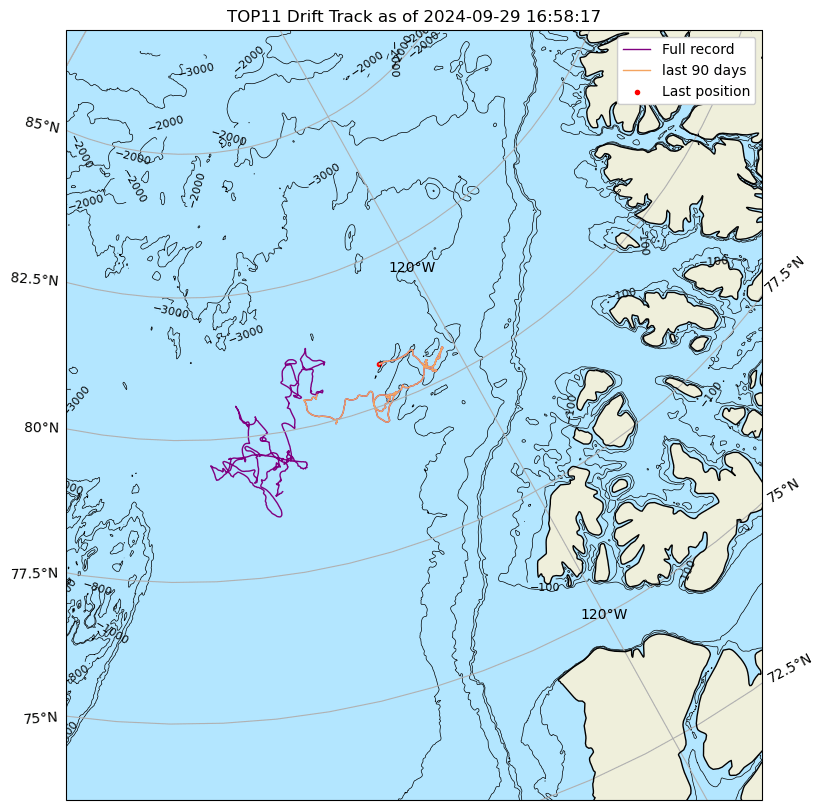

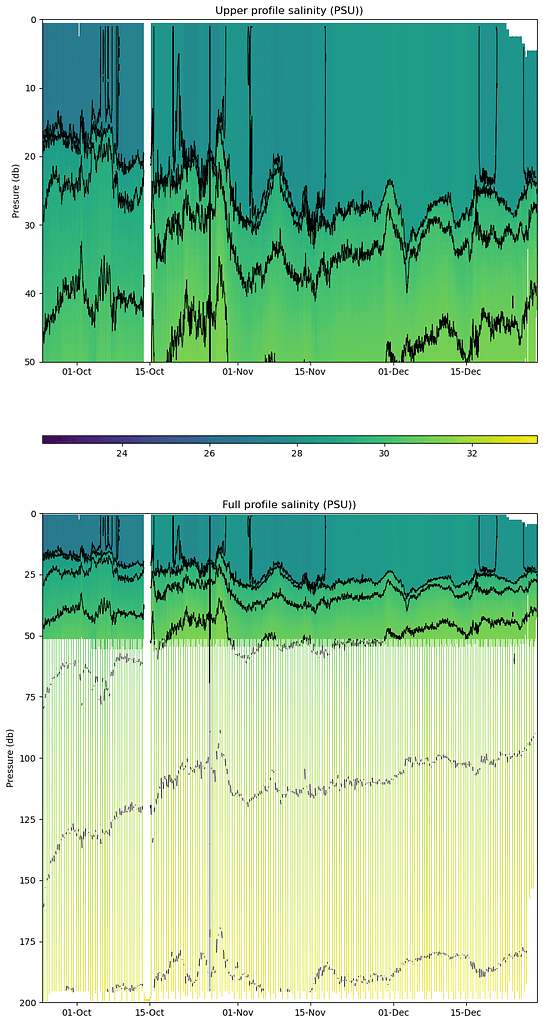
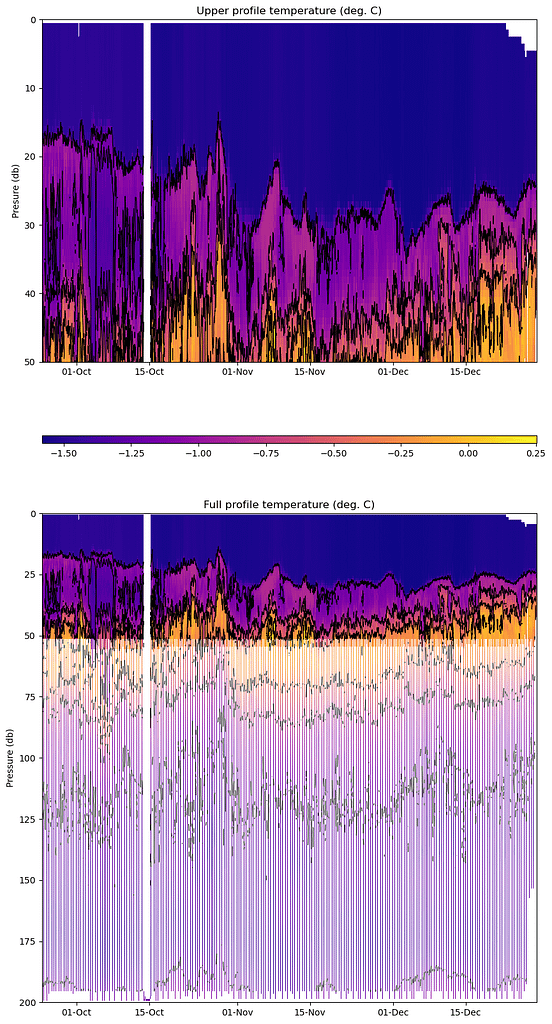
ITP TOP14 Data...
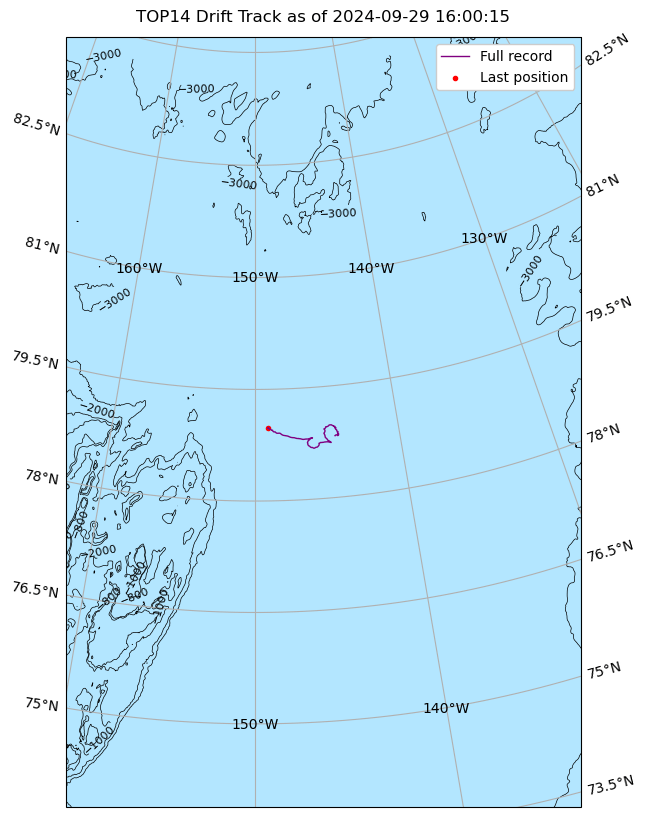

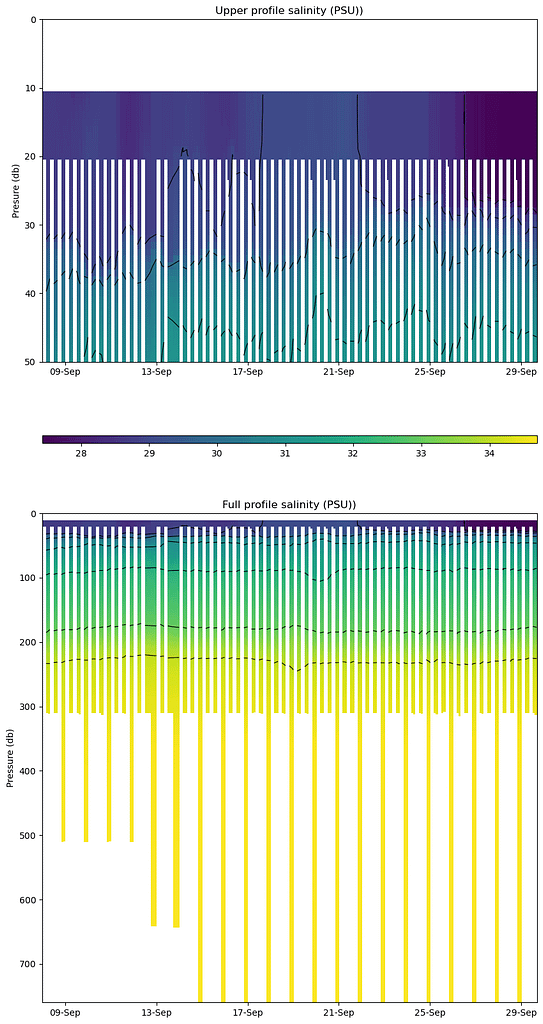
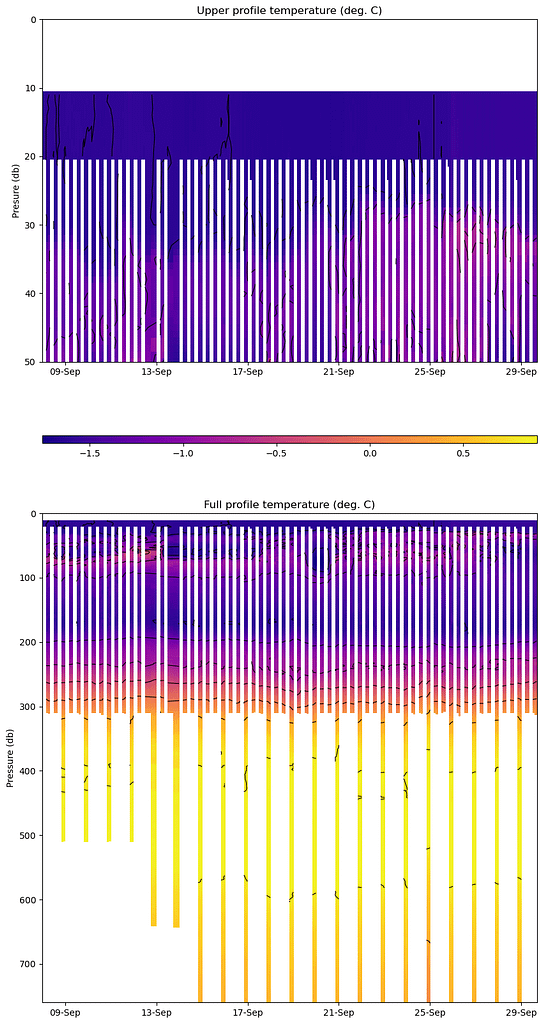
ITP TOP15 Data...
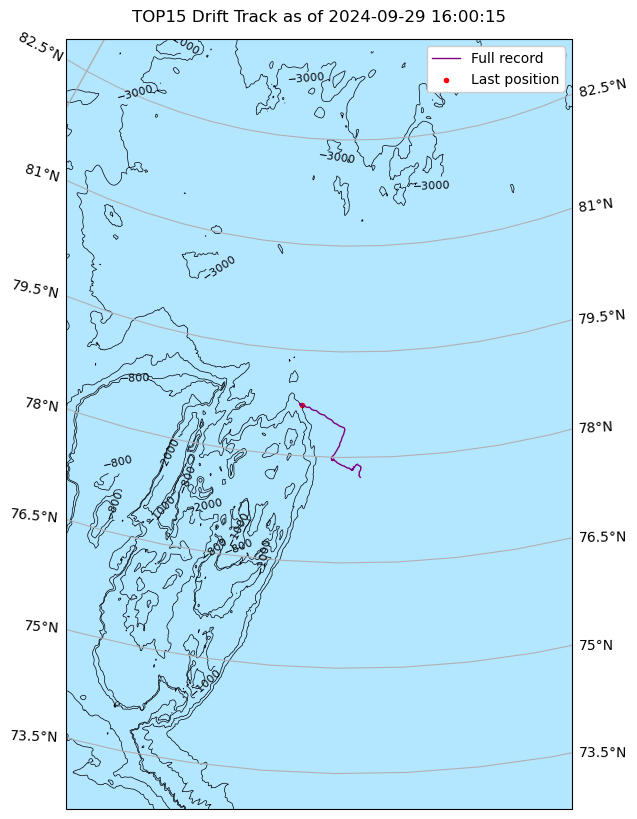

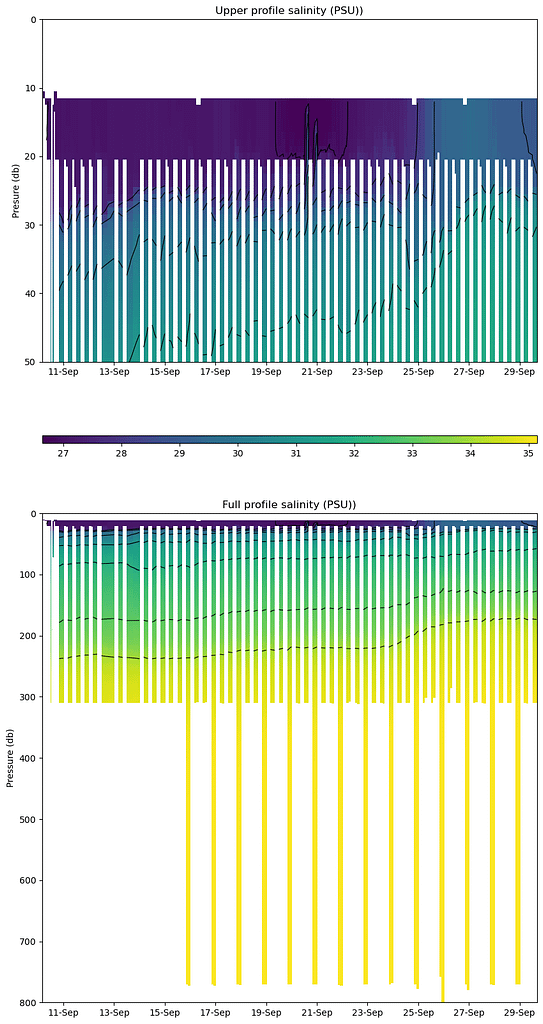
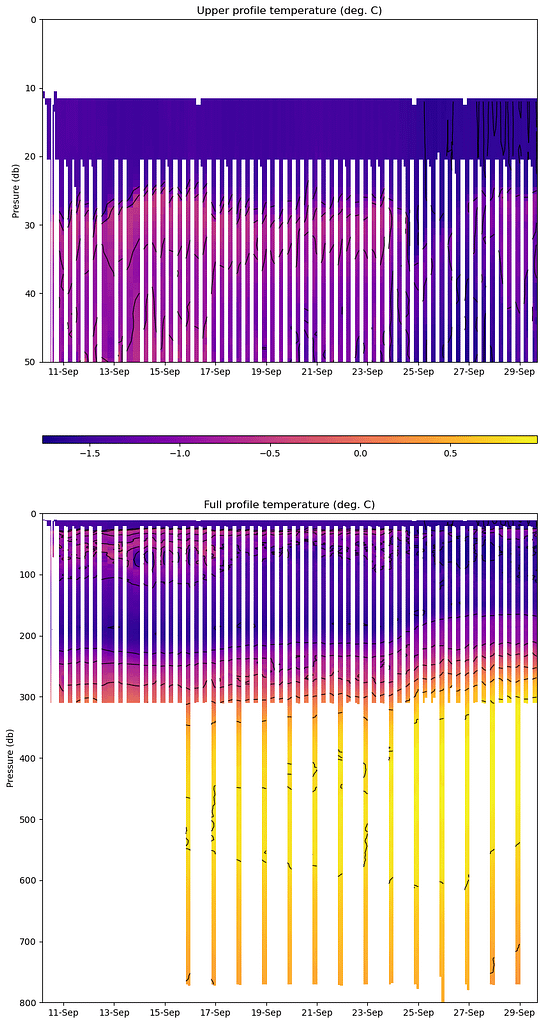
As the above indicates the D-2 CTD is now capable of providing accurate and repeatable salinity aka conductivity data, temperature date and pressure data for the Ocean even in the harshest environments such as through a hole in an iceberg as these Ice Tethered Profilers are being used.
The D-2 CTD’s in this application are providing unique benefits that other CTD’s in the industry do not. For one we are able to provide closed field conductivity precision without the use of a pump. This makes our CTD footprint and power consumption much less than the other CTD’s used for this application. Thus making it easier to lower the ITP through the ice, lessen the power consumption making the onboard battery system last longer and while providing the most accurate data possible.
It is important to understand Climate Change and therefore it is extremely important to use CTD’s to measure this phenomena from various companies to ensure that scientists are receiving data that is not biased by one companies equipment. Competition in equipment will provide for better and more accurate results from the field.

Images from the ITP Program:
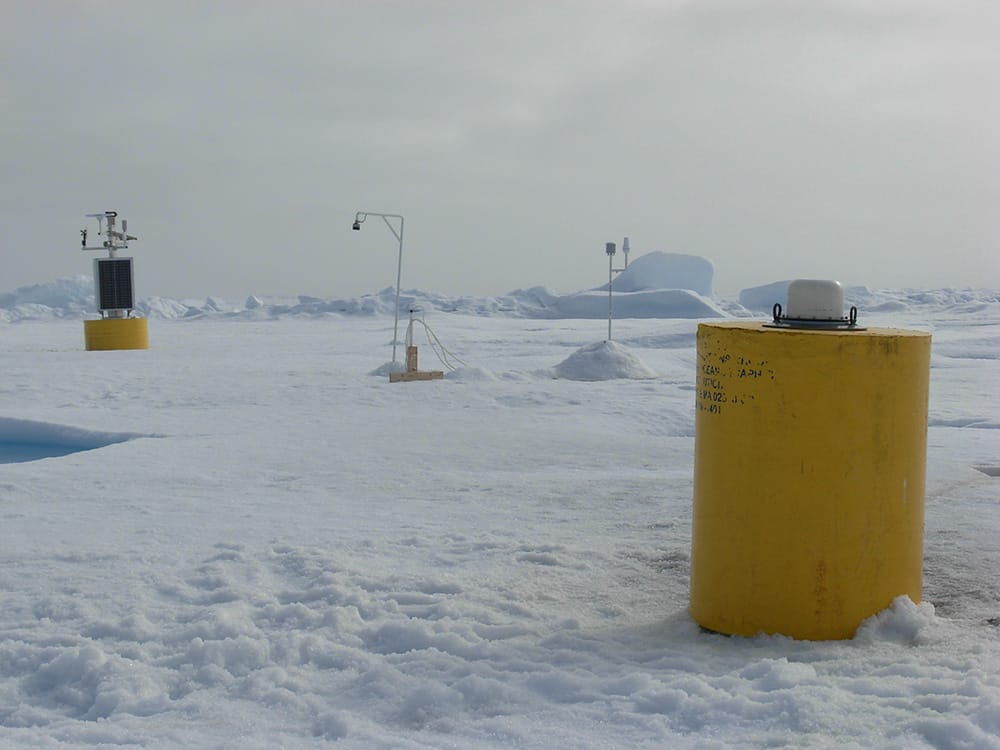
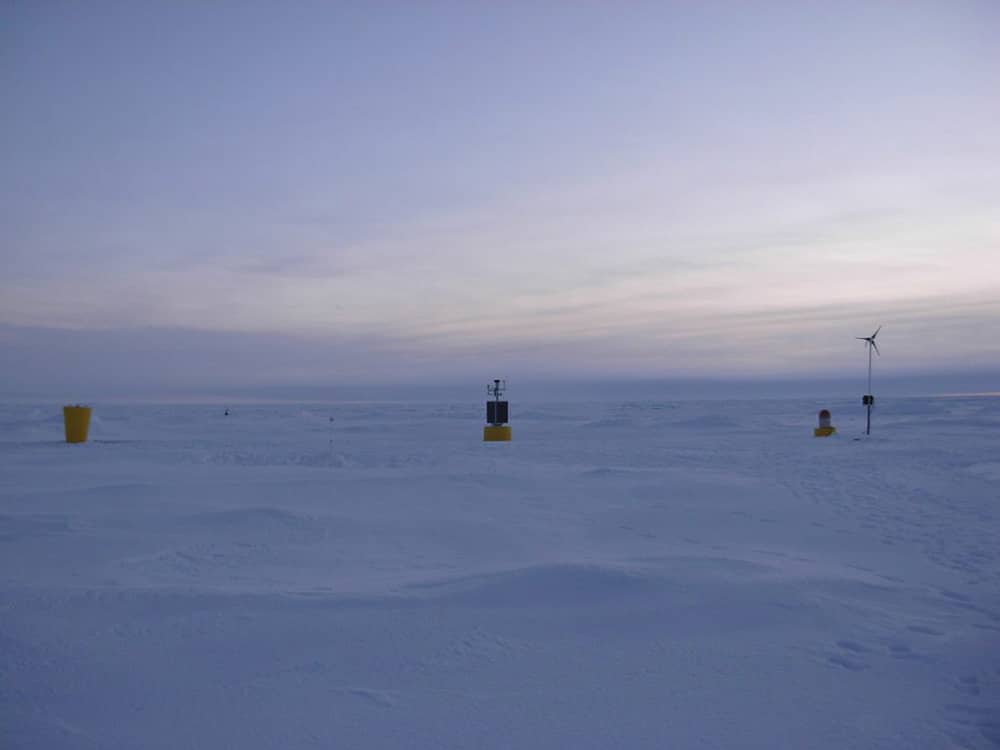
All Field Images and Data Sourced from: https://www2.whoi.edu/site/itp/
